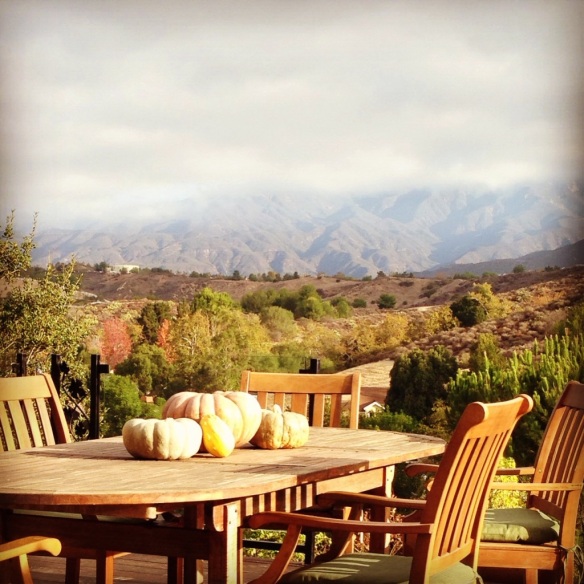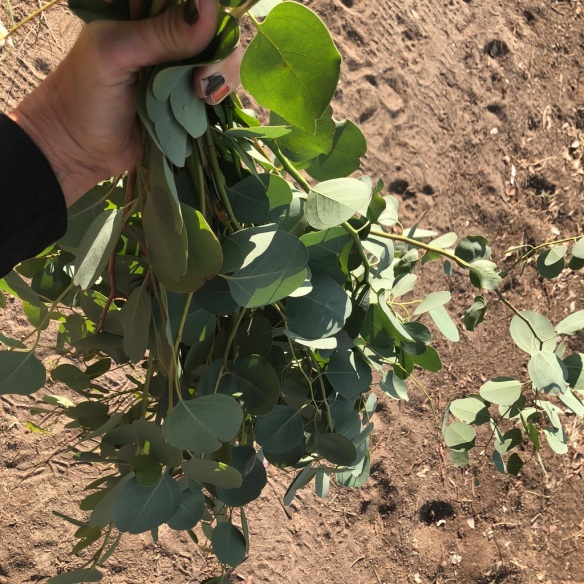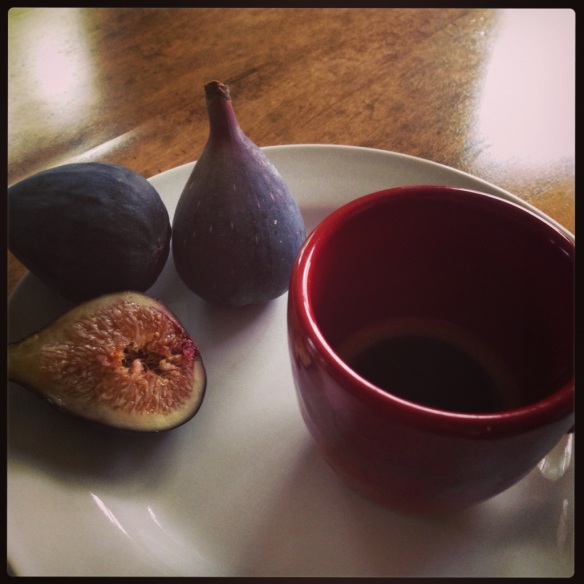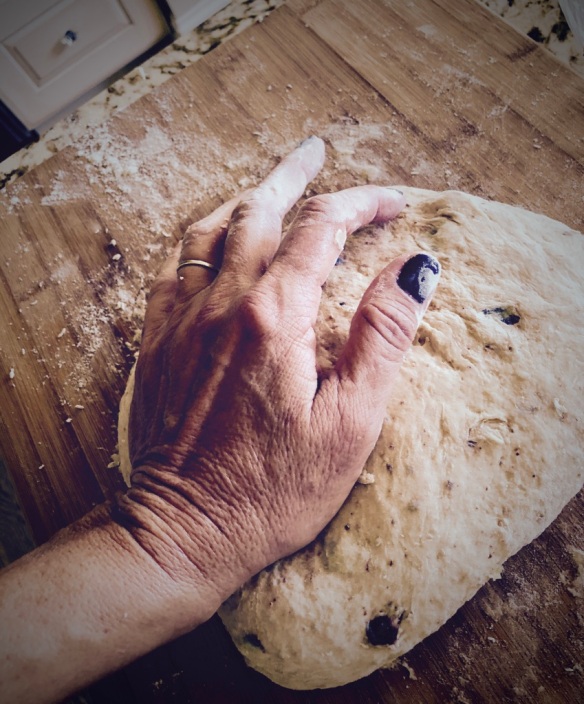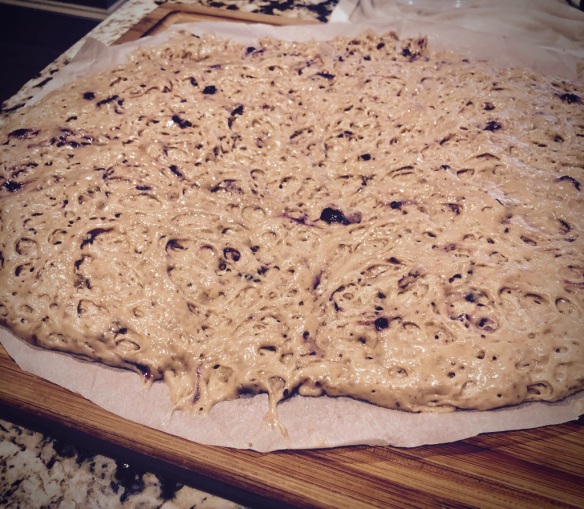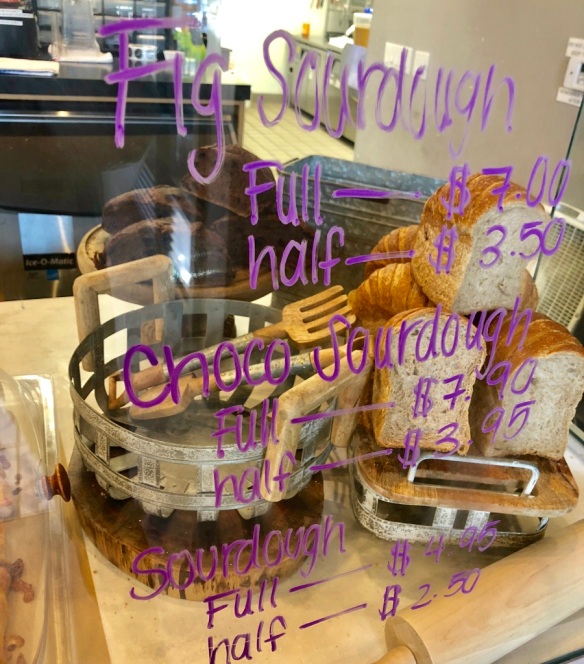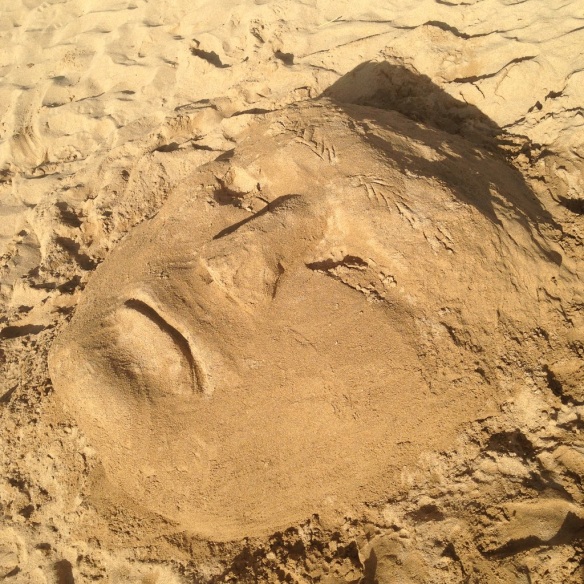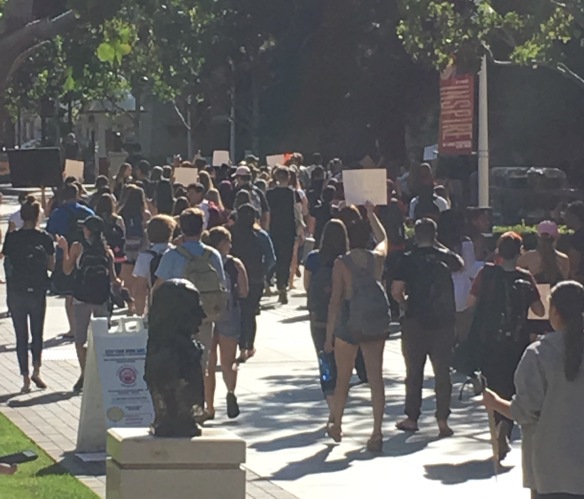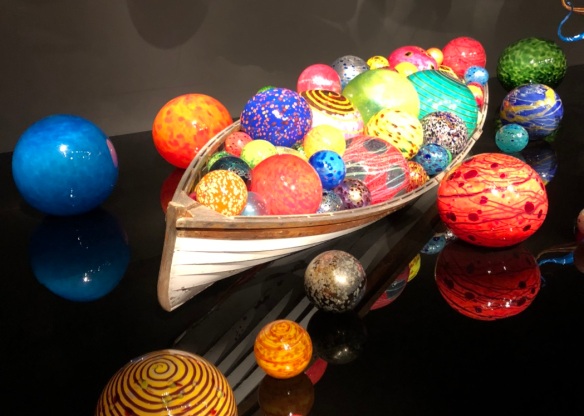
I’m embarking on a new adventure: to intentionally incorporate one simple act of kindness into each day for one year. My certainty that kindness can change the world is a little like throwing a glass ball into the ocean and believing it won’t break.
Feel free to call this series: 365 Reasons to Roll Your Eyes, but science says your own happiness will increase if you share the journey.
#1
I printed out the January 2019 Random Acts of Kindness Calendar to stuff in my adult kids’ Christmas stockings. I thought instead of buying things, our family could bond over the challenge of trying to do something kind in our own little worlds, in a Bingo sort of way. First person to finish five kind acts across the calendar, or down, or diagonal, or a blackout, would win the month and share the victory via family text. If it went well, I’d branch out to my sisters, nieces, nephews and send everyone a February calendar, then March, then…then…then…

I anticipated darting glances, an awkward silence or, worse, feigned public interest with hidden giggles. At the last minute, I yanked the gold-tied calendar scrolls and hid them in my underwear drawer. I hung the stockings, with not so much care as a light touch since there was nothing in them but a book: 52 Lists for Happiness: Weekly Journaling Inspiration for Positivity, Balance, and Joy by Moreea Seal.
Who doesn’t want happiness for their children?
Maybe I should have persisted with my Random Acts of Kindness monthly calendar idea. (Would it seem as if I don’t think my kids are kind enough already? Is it pushy to take my values and wrap them as a gift?)
It turns out that kindness makes you happier. In her article for UC Berkeley’s Greater Good Magazine: Science-Based Insights for a Meaningful Life, Elizabeth Hopper breaks down the findings of a May, 2018 study published in The Journal of Social Psychology, authored by Dr. Lee Rowland and Oliver Scott Curry: “A range of kindness activities boost happiness.”
“Researchers asked 683 adults from over two dozen countries—from the United States and Brazil to the United Kingdom and South Africa—to complete at least one act of kindness daily for a week, such as helping a neighbor, writing a thank you card, or paying for someone’s movie ticket. People were encouraged to carry out more kind acts—or different types of kind acts—than they normally would. One group was asked to direct their kindness towards people they were close to (i.e., friends and family), while another group was kind towards people they were less close to (i.e., acquaintances and people they didn’t know as well).
Other participants were asked to make an effort to practice self-kindness—for example, by meditating, going on a walk, or dancing to a favorite song. A fourth group didn’t engage in kind acts themselves, but they tried to observe acts of goodness carried out by other people—for example, when someone volunteered, bought coffee for someone else, or simply stopped to pick up litter. The researchers compared all these groups to a control group of people who went about their lives as usual.”
Small daily acts of kindness – for strangers, or family, or self – can quantifiably improve your happiness. We also get a mood boost by simply observing a kind act being performed.
To keep myself accountable to performing 365 Acts of Kindness, and to make you dear reader, happier by simple observation, I reached out to Kindness.org, a group with this mission statement:
“We are a nonprofit with a bold hypothesis: Kindness is the catalyst in solving the world’s biggest challenges. We believe a kinder world is possible, and we’re here to make it happen.”
Kindness.org offers the opportunity for anyone to become a Citizen Scientist, that is to try and quantify how acts of kindness in the world create positive effects. I offered myself and my writing skills up as a Citizen Scientist with this pitch:
“I too believe a kinder world is possible. I believe there are more ordinary people building a stepping-stone path toward a gentler world than any news story can tell. Invisibility isn’t non-existence. If I can help quantify and amplify with my writing skills how kindness matters, then I’m happy to do so.”
We’ll see if they get back to me. In the meantime, I’m going to call my friend who’s moving today out of the house she’s lived in for more than 30 years. I want to bring her bread and soup.
Be kind
~Catherine
I photographed Niijima Floats,” at Chihuly Garden and Glass in Seattle, WA.

